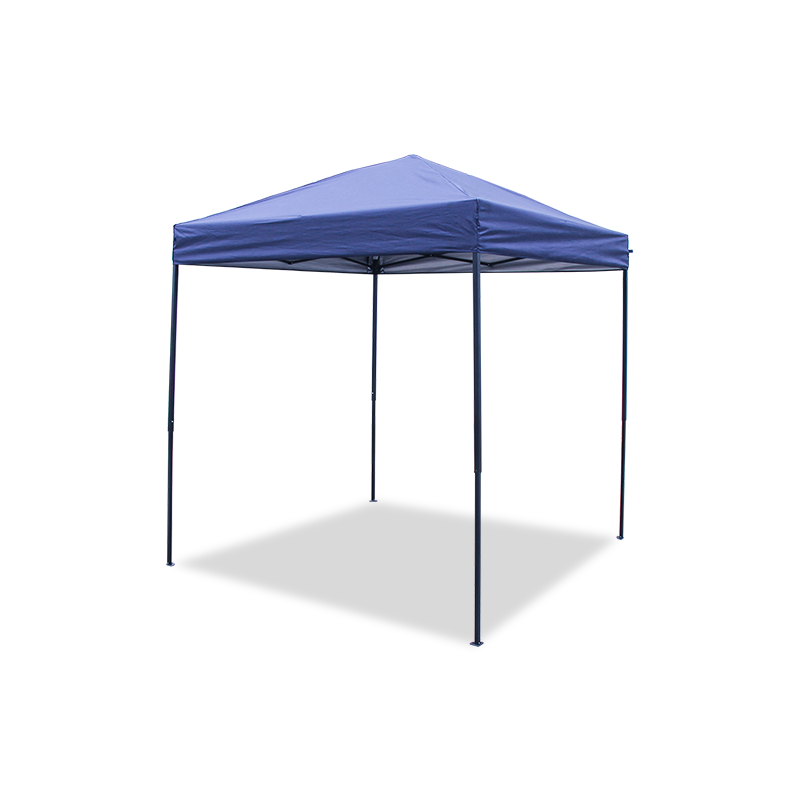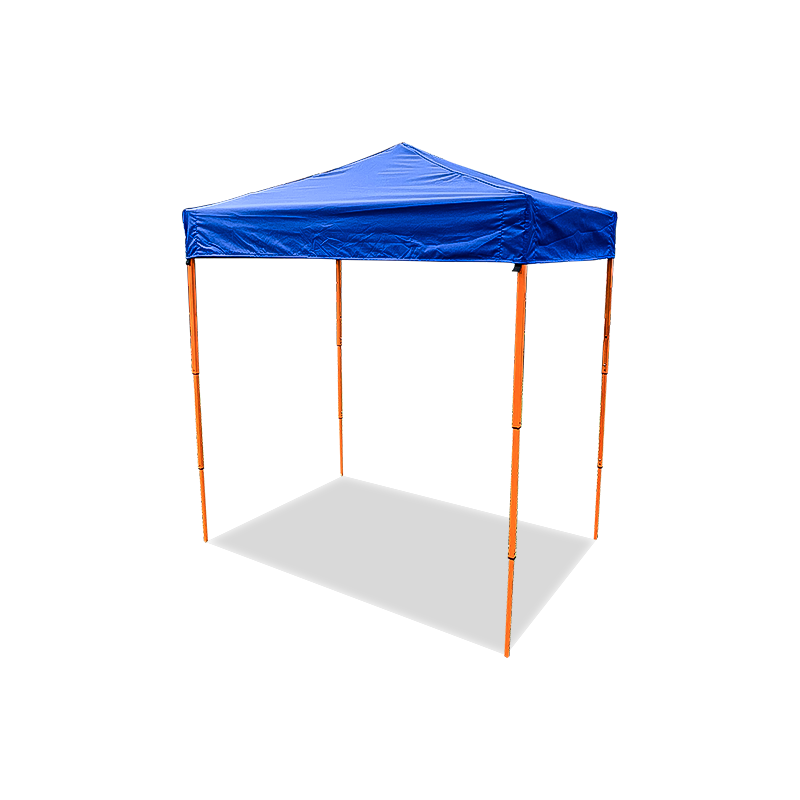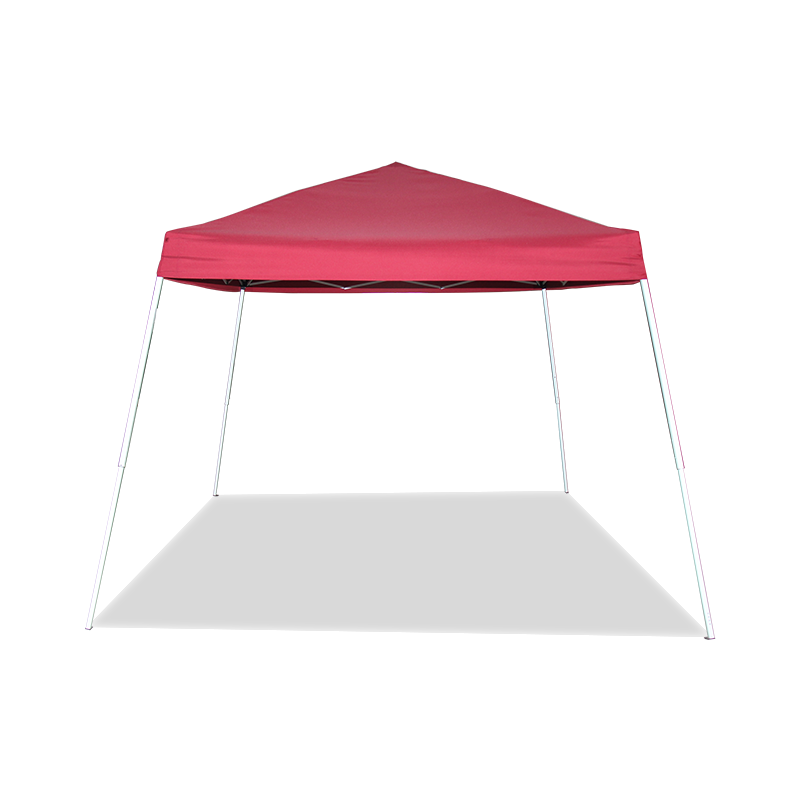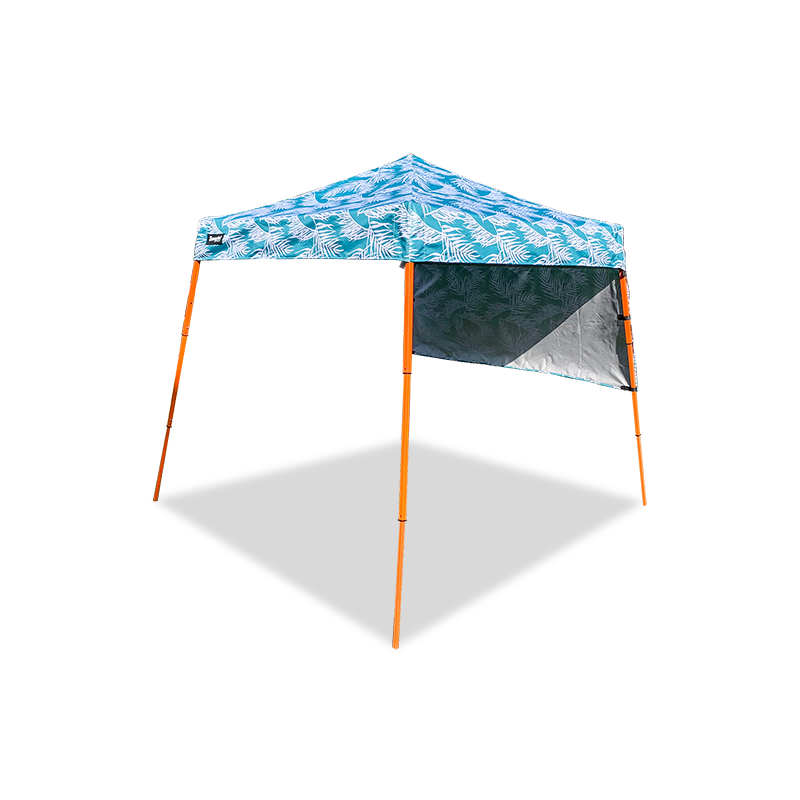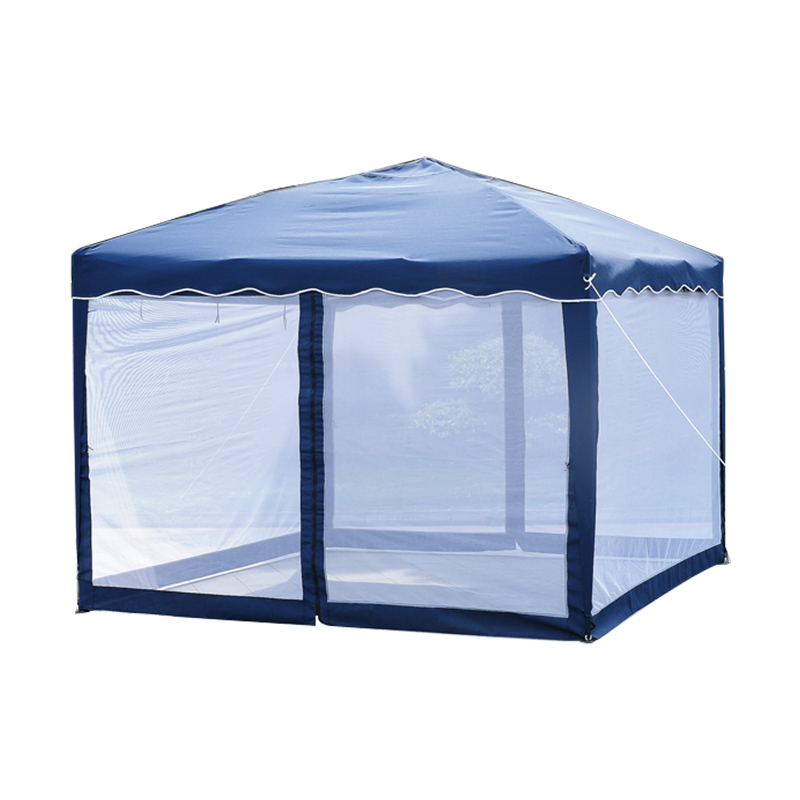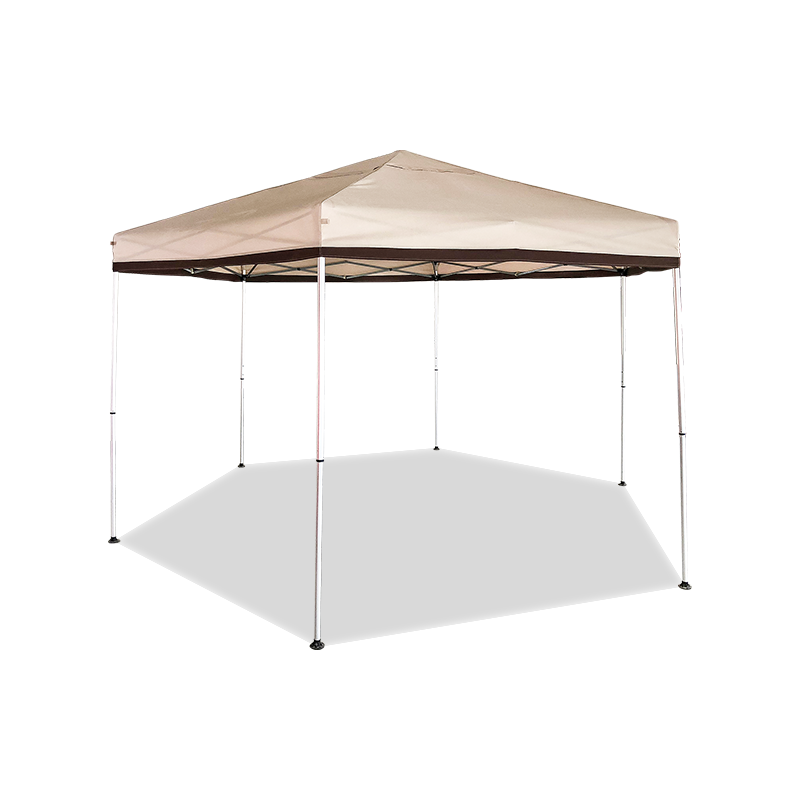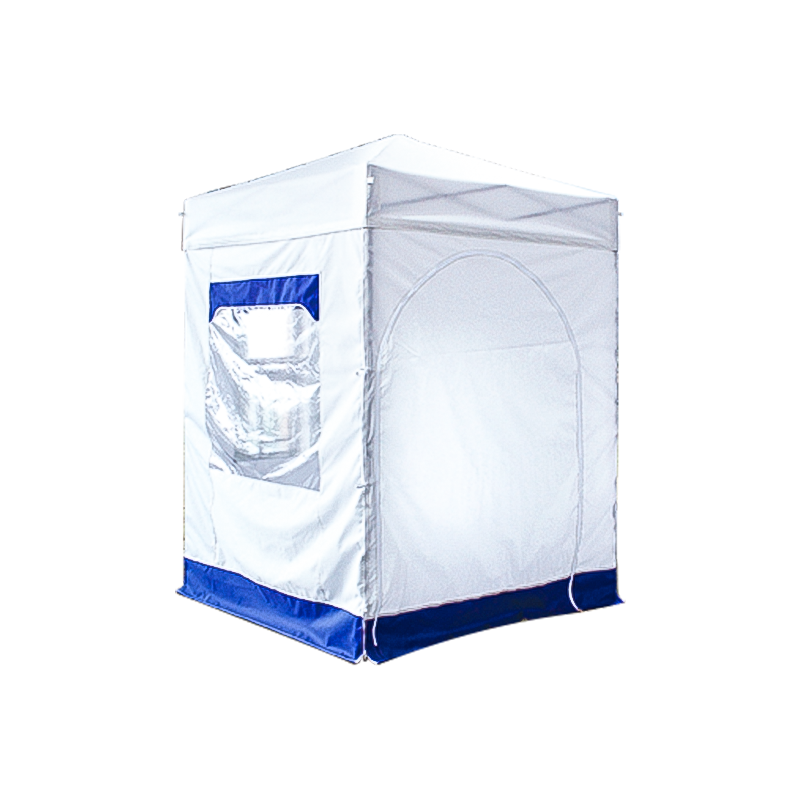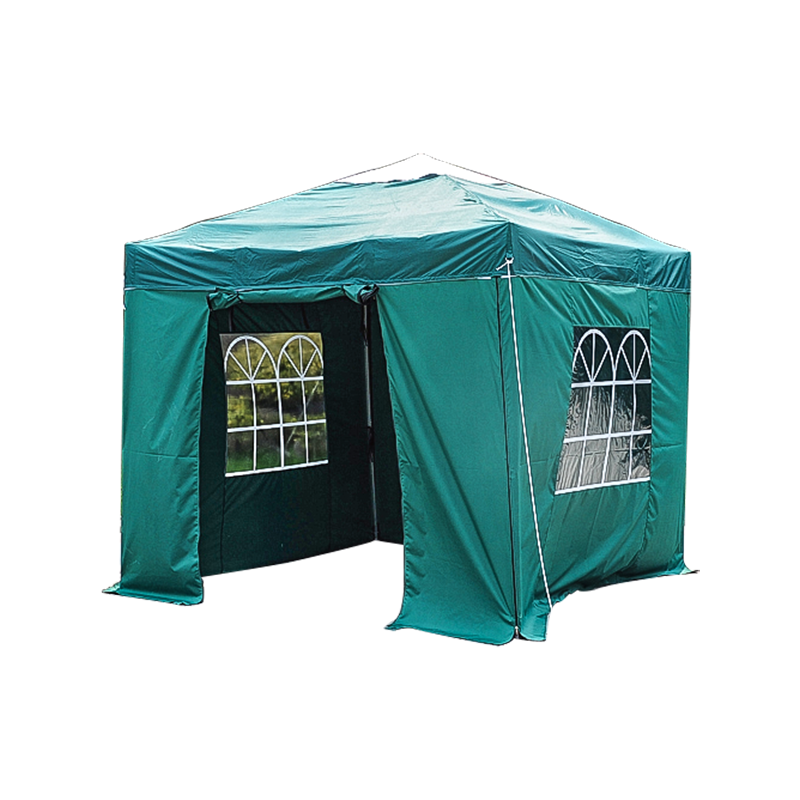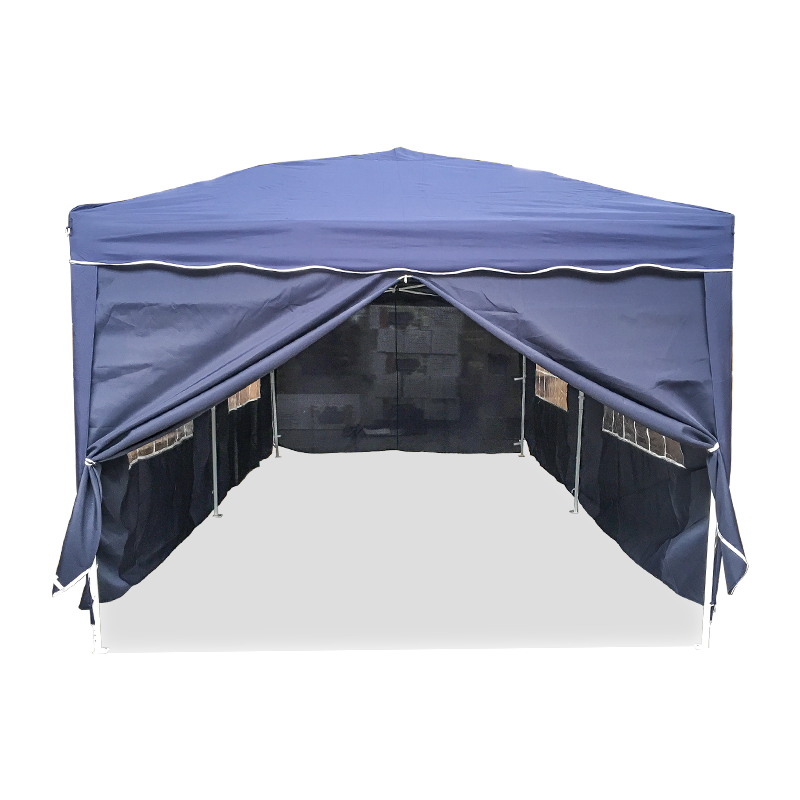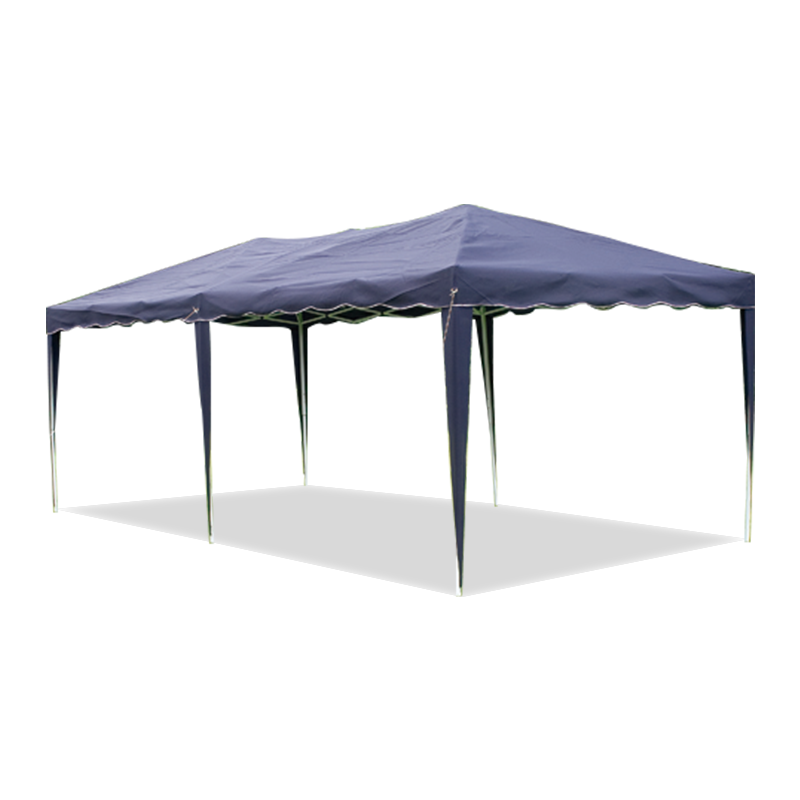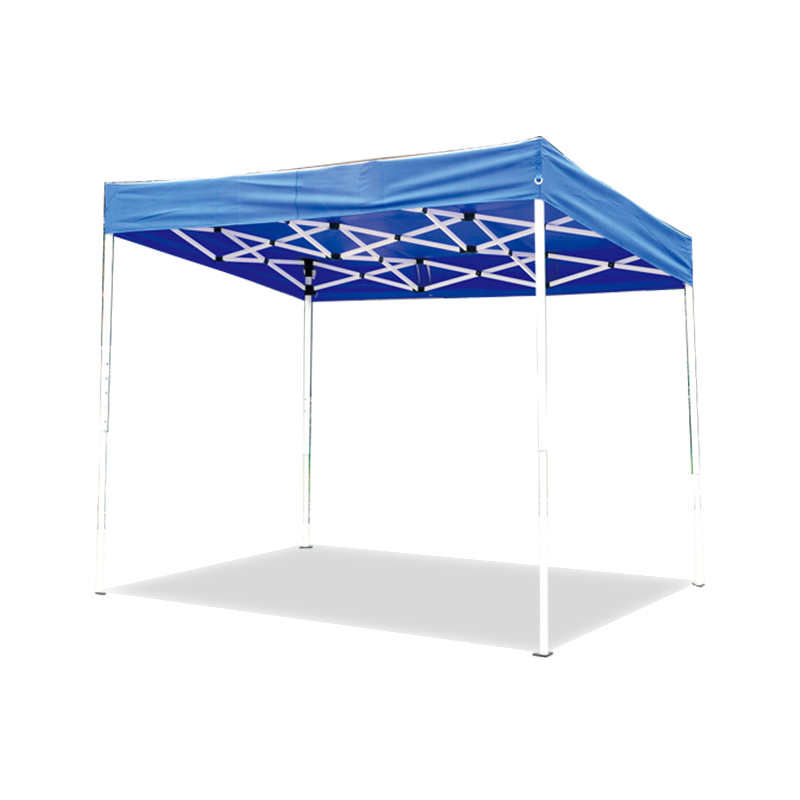Customer expresses intent; Communicate between the two parties; Provide analysis reports to customers; Reach a cooperation intention.
Foldable gazebos are generally not suitable for long-term use in snow, especially in environments with heavy snow or long-term snow accumulation. Although many foldable gazebos are designed with durability in mind for outdoor use, the impact of snow weight on the structure of the gazebo cannot be ignored. On snowy days, especially when there is a lot of snow, snow will gather on the canopy of the gazebo, increasing the burden on the canopy. If the canopy of the gazebo does not have sufficient compressive strength, the weight of snow may cause the canopy to collapse or the frame to deform, or even be damaged.
Although foldable gazebo frames are usually made of aluminum alloy or steel, which have certain wind and weather resistance, long-term exposure to low temperatures and humid environments, especially snow cover, may cause rusting or corrosion of the metal parts. The fabric part, especially the canopy without special waterproof or snow resistant design, may absorb water or freeze, causing the fabric to become brittle or damaged.
If a gazebo needs to be used in snow, it is best to dismantle and store it properly during non snow seasons. For short-term use, it is possible to consider building snow protection equipment or taking additional measures, such as installing snow protection structures on the roof or using gazebos specifically designed for extreme weather conditions. In short, although foldable gazebos are suitable for temporary outdoor activities, they still face a significant risk of damage when placed in snow for a long time, so it is not recommended to use them as long-term facilities.

 English
English Español
Español